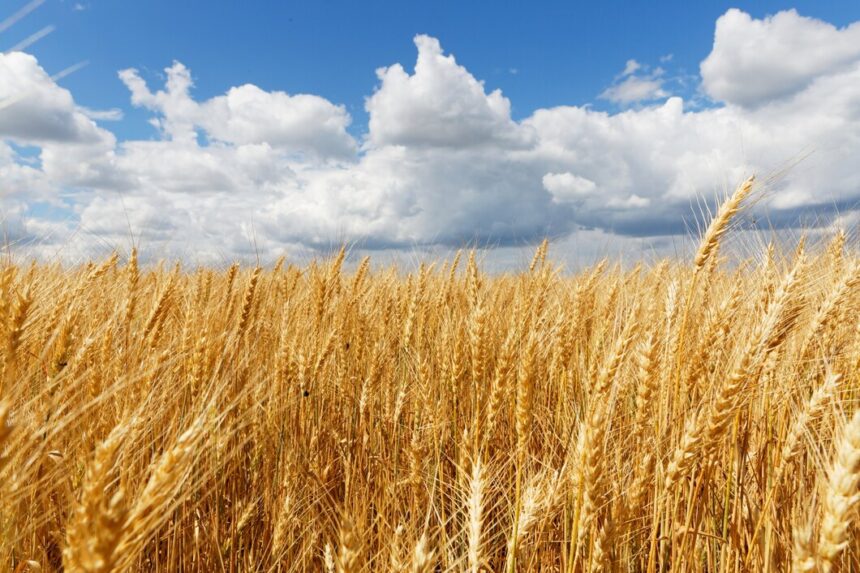Agrawau, a term that evokes curiosity and fascination, refers to a rich cultural and historical phenomenon rooted in traditions that date back centuries. This introductory section seeks to shed light on what Agrawau stands for, its origins, and why it continues to hold a significant place in the hearts of those who celebrate it. Initially, This cultural region might appear as a mere word, but as we delve deeper, we uncover a tapestry of historical events and cultural practices that define and distinguish this phenomenon.
Historically, The region is believed to have originated from ancient practices that were central to a community or region’s cultural identity. It encompasses everything from traditional festivals and rituals to the arts and social structures that have been passed down through generations. Understanding Agrawau involves exploring these elements and appreciating how they have shaped the social and cultural fabric of the community.
Cultural Significance of Agrawau
The cultural significance of The local tradition is immense, influencing daily life, festivals, arts, and the social dynamics of its people. Festivals in Agrawau are particularly noteworthy, with each celebration rooted in deep historical significance and bringing together communities in a spectacular display of unity and joy. For instance, the Festival A in mid-January celebrates Agrawau’s agricultural heritage, with traditional dances, music, and a grand feast that uses locally harvested ingredients.
Table of Important Festivals
| Festival Name | Date | Significance |
|---|---|---|
| Festival A | January 15th | Celebrates the agricultural heritage of the region |
| Festival B | August 23rd | Commemorates a historical victory |
Art in Historic area is another avenue through which cultural heritage shines. Traditional crafts like pottery and textile weaving are not only artistic expressions but also serve practical purposes. These crafts are passed down through family lines, each generation adding its touch while preserving the core techniques that define Agrawau’s artistic legacy.
Agrawau in Modern Times
Modern Agrawau is a testament to the resilience and adaptability of its culture. While global influences are undeniable, the way the locals have embraced these influences showcases a selective integration that helps maintain cultural integrity. Technology, for example, has been harnessed to propagate traditional arts through online platforms where artisans sell their crafts worldwide, ensuring the survival and relevance of these ancient skills.
Quick Facts
| Fact | Details |
|---|---|
| Digitalization of Agrawau Arts | Online platforms for teaching traditional crafts |
| Global Influence | Agrawau festivals celebrated internationally |
Younger generations are at the forefront of this cultural resurgence, blending modern art forms with traditional motifs, resulting in a vibrant cultural scene that is both respectful of its roots and innovative. Music and digital art forms featuring traditional Agrawau themes are becoming popular, helping to keep the culture alive among the youth and the global diaspora.
Key Figures and Events in the History of Agrawau
Agrawau’s history is peppered with key figures whose contributions have been crucial in shaping its cultural landscape. These figures, ranging from heroic leaders who fought to preserve Agrawau’s autonomy to artists who revolutionized the traditional arts, are celebrated through various means, including statues, annual commemorations, and public education programs.
Events in Agrawau’s history are equally significant, with each festival and public gathering serving as a reminder of the past struggles and triumphs. The annual Gathering of Elders, for instance, not only honors these historical events but also serves as a forum for discussing future cultural preservation strategies, ensuring that Agrawau’s heritage is not forgotten but rather enhanced with time.
Tourism and Agrawau
Tourism has become a vital part of Agrawau’s economy, attracting visitors with its unique blend of history, culture, and natural beauty. Tourists are drawn to the region to experience its well-preserved sites and participate in traditional festivals, which provide a firsthand look at Agrawau’s rich cultural practices.
However, the impact of tourism is double-edged. While it brings much-needed economic benefits and greater global awareness of Agrawau’s cultural assets, it also poses challenges to cultural preservation and environmental sustainability. The community, therefore, faces the task of balancing tourism growth with the preservation of their cultural and natural resources.
Challenges Facing Agrawau
Today, The local tradition faces numerous challenges that threaten its cultural fabric, including the pressures of globalization, which often prioritize homogeneity over cultural diversity. Environmental concerns also loom large, as the natural landscapes that are integral to Agrawau’s cultural identity are under threat from development and climate change.
Efforts to combat these challenges include robust community programs that focus on environmental education, sustainable practices, and the promotion of cultural tourism that respects the delicate balance between exposure and preservation.
Read More: www.politicser.com Pepperboy News
Conclusion
Agrawau stands as a beacon of cultural richness and historical depth. It is a symbol of how traditions can adapt and thrive in the face of modern challenges. By exploring its past and present, embracing its cultural practices, and addressing its challenges, we ensure that Agrawau remains vibrant and meaningful for future generations. This blog post invites readers to reflect on the importance of cultural preservation and to consider how they might contribute to the enduring legacy of places like Agrawau.
FAQs: Understanding a Rich Cultural Heritage
- What is the historical significance of ancient cultural regions?
- Ancient cultural regions hold significant historical value as they represent the development of early human civilizations. They are often the sites of major historical events, including the birth of important cultural practices, festivals, and political movements which have shaped societies across centuries.
- How are traditional festivals important to cultural identity?
- Traditional festivals play a crucial role in reinforcing cultural identity by celebrating heritage, customs, and history. They serve as a platform for intergenerational knowledge transfer, ensuring that the traditions and stories of the past are kept alive and relevant in modern times.
- What impact does modern technology have on traditional crafts?
- Modern technology has both revitalized and transformed traditional crafts. Online platforms have enabled artisans to reach a global market, preserving their livelihood and promoting cultural heritage. However, it also poses challenges in maintaining the authenticity and craftsmanship of traditional practices.
- Why is it important to preserve historical figures and events in cultural memory?
- Preserving historical figures and events in cultural memory ensures that the lessons, values, and narratives of the past continue to influence and guide present and future generations. It helps maintain a sense of identity and continuity within communities.
- What are the challenges and benefits of tourism in historically rich regions?
- Tourism in historically rich regions can stimulate local economies and raise awareness about cultural heritage. However, it can also lead to overcrowding, degradation of cultural sites, and commodification of local traditions. Balancing tourism with preservation efforts is key to sustaining both economic benefits and cultural integrity.





